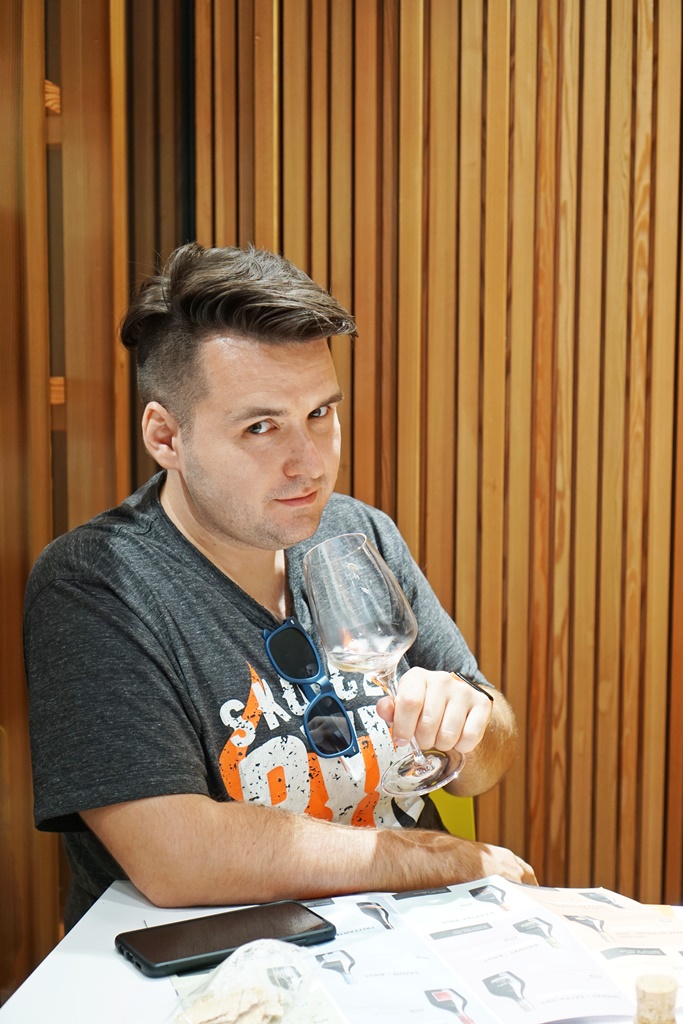HOW IS PROSECCO MADE? VISITING LA TORDERA!
Imagine early September, with the weather reaching 35-36 degrees Celsius in the shade and the hills covered with grapevines, bathed in bright sunshine. Steep slopes are lined with evenly planted shrubs, and in the background there are villages with high, pointy bell towers as a special feature. For the next few days, from morning to late afternoon, farmers gathering grapes will bustle here. Work 100% manually.
Can you imagine? In this heat? All this work to get the best taste from undamaged fruits. And because it is difficult to move around on anything other than on legs or small, sun-bleached tractors.
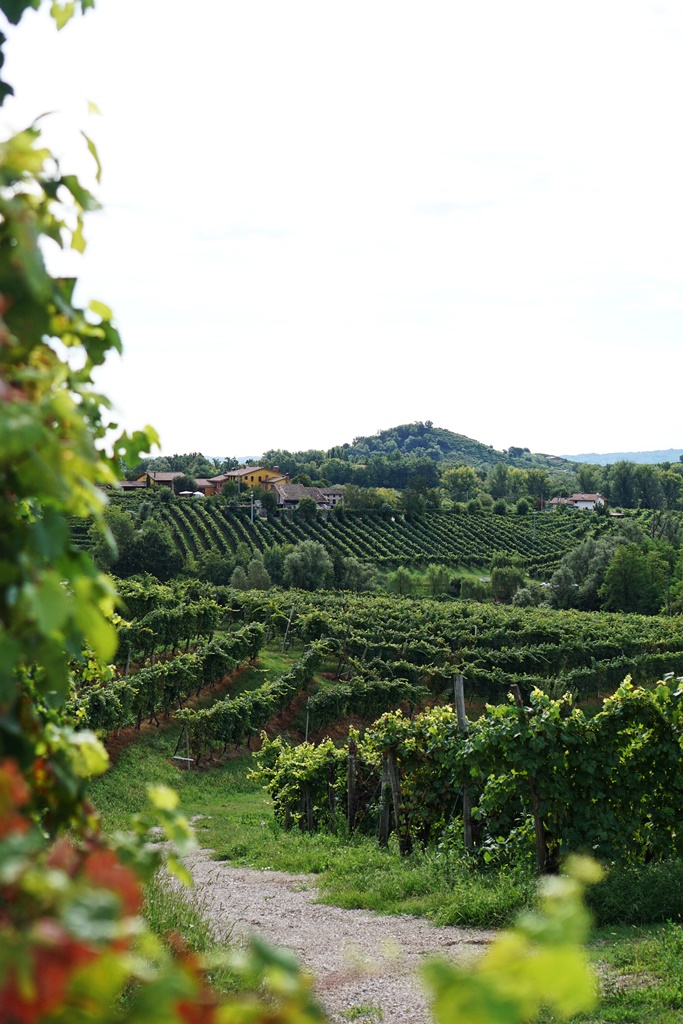
IN SEARCH OF THE BEST GRAPES
The grape, a variety named Glera, is harvested from the surrounding fields and transported to the wineries for most of September. There are a lot of wineries here, because on almost every hill there is an old stone house in which guts the fruit has been fermenting (or still does). Currently, some of the larger companies, due to the amount of space needed for production and storage, move further south and further from the mountains.
The history of the name of the grape is a bit more complicated, because the grape was simply called "prosecco" in honor of the village of the same name. The geographically original Prosecco is closer to Trieste and the border with Croatia, and, as usuall in case of legal regulations, it's all about the money. When too many people try to produce "Your wine" you have to make it stand out somehow!
Without wrapping up unnecessary details - remember the name of the strain – Glera ;)
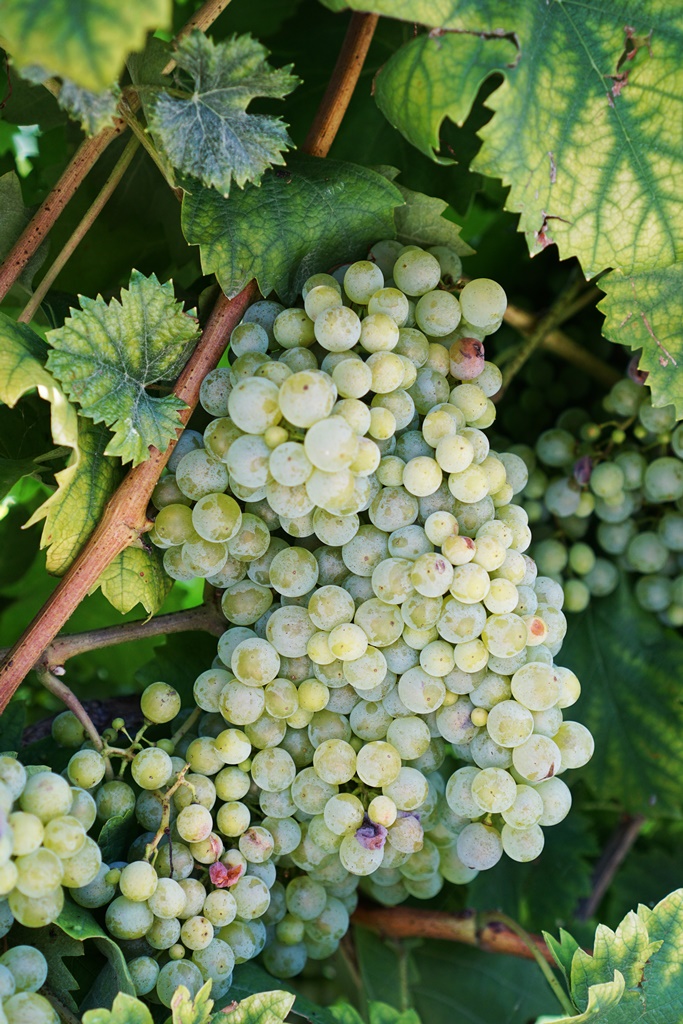
Wines protected by the name 'Prosecco' and the DOC and DOCG indications (attesting the method of production and origin) contain at least 85% of the mentioned grape. And the closer to Valdobbiadene, the historically "better" and more reputable the wines. Although there are over 170 different producers and wineries in the area, practically each has its own patch of land in the triangle between the aforementioned Valdobbiadene, Conegliano and Vittorio Veneto.
There are also plenty of private farmers and landowners who pick their fruit themselves and sell them to larger producers. La Tordera Winery, which we visit to see the production process, prides itself on having 100% of grapes from which they ferment wine. It is important quite important, as they have the product under control throughout the entire period of its vegetation, fermentation, pouring into bottles and sending them out into the world.
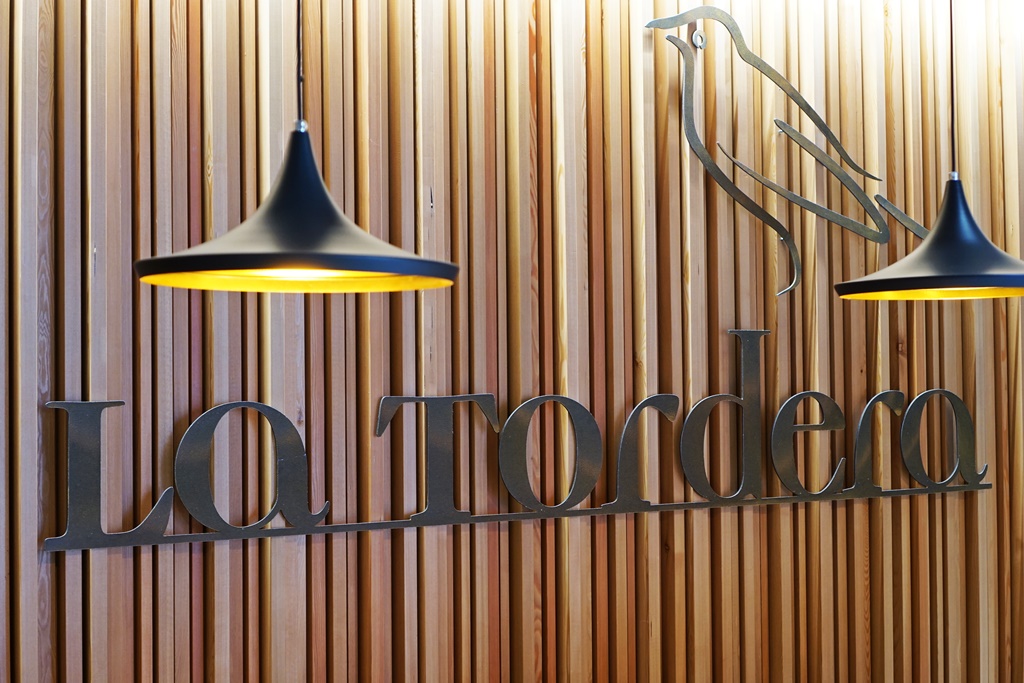
FIRST AND SECOND FERMENTATION
Grapes pressed out of the press, filtered from the skins and stalks, are forced into metal tanks, where sugar and yeast are added and natural fermentation processes are allowed to take place.
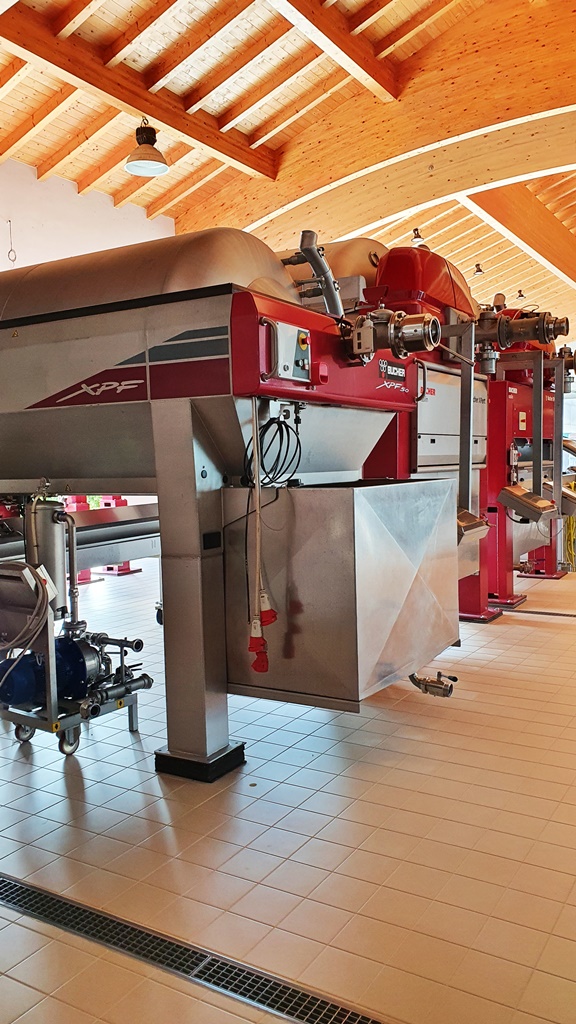
Prasy pneumatyczne
We will talk about what the brut / extra dry / dry types are in a moment. The process itself is the consumption of sugars by microorganisms, which results in the formation of alcohol and carbon dioxide. Importantly, this fermentation is not yet responsible for the bubbles in your prosecco. As a result of the first fermentation, we get a light, fruity, white wine - completely non-sparkling.
Only the second fermentation in a sealed stainless steel tank "does the job". This sealed still container retains the carbon dioxide in the wine which, at high pressure, inflicts structurally into the beverage. At this stage, the wine can have a pressure of up to 5 bars (on average twice as much as you have in your car tires) and is cooled to a temperature close to, or below, zero. This temperature change stops fermentation, but only after the whole process has stabilized, the yeast and sediment are filtered from the wine.
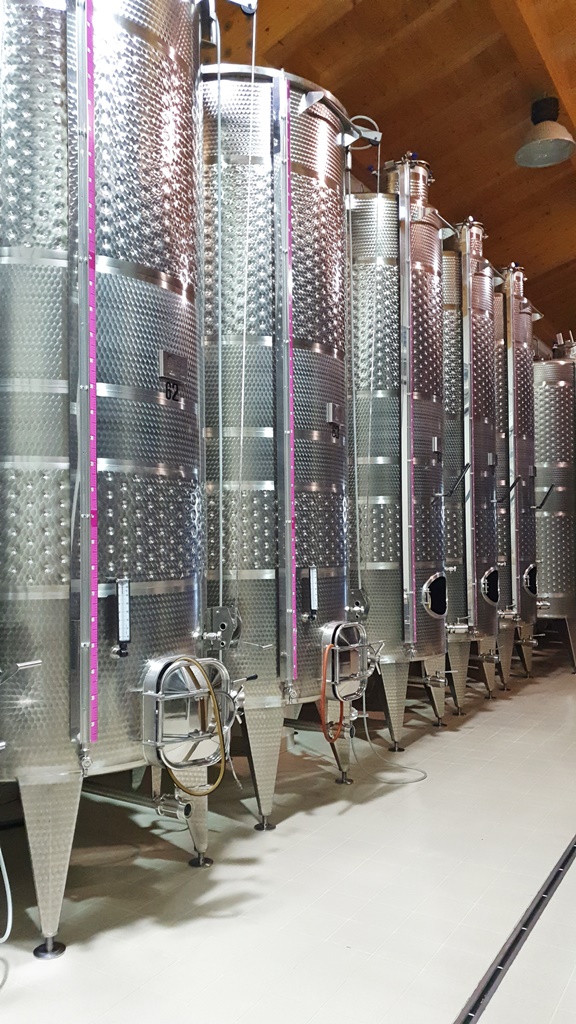
This second fermentation and production method has many names, often it is called the "Italian method" and more professionally the Martinotti-Charmat method. Most often it is compared to the method of producing champagne, but the main difference here is the place of the second fermentation. In the case of prosecco it takes place in the tank, with champagne, most of the fermentation takes place after the bottle is corked, and where additional filtration steps take place.
These variations in production make Prosecco a little easier to obtain, and it does not have to age and ferment as much - which also makes it usually cheaper than champagne. The entire process, depending on the winery and the planned final result, takes from several weeks to several months! At La Tordera, the whole process takes about three months and after the harvest in September, the wine is bottled at the end of the year or early January.
So much for chemistry! It should be enough to understand and understand the taste, for those who want more knowledge, we will send you to specialized websites dealing with prosecco or to many materials available f.e. on Youtube!
PROBLEMS? LET’S CORK THEM OUT!
Two curiosities that we learned while producing prosecco, both related to bottling wine.
First, as I mentioned, when pouring the liquid is at a temperature close to, or below zero. So as soon as it is poured into a bottle at normal room temperature, it causes the bottle to "sweat". You surely know this when taking something cold from the fridge. This sweating makes it practically impossible to stick any of the necessary bands, labels and stickers, therefore the bottles are cooled down with cold water just before pouring the wine.
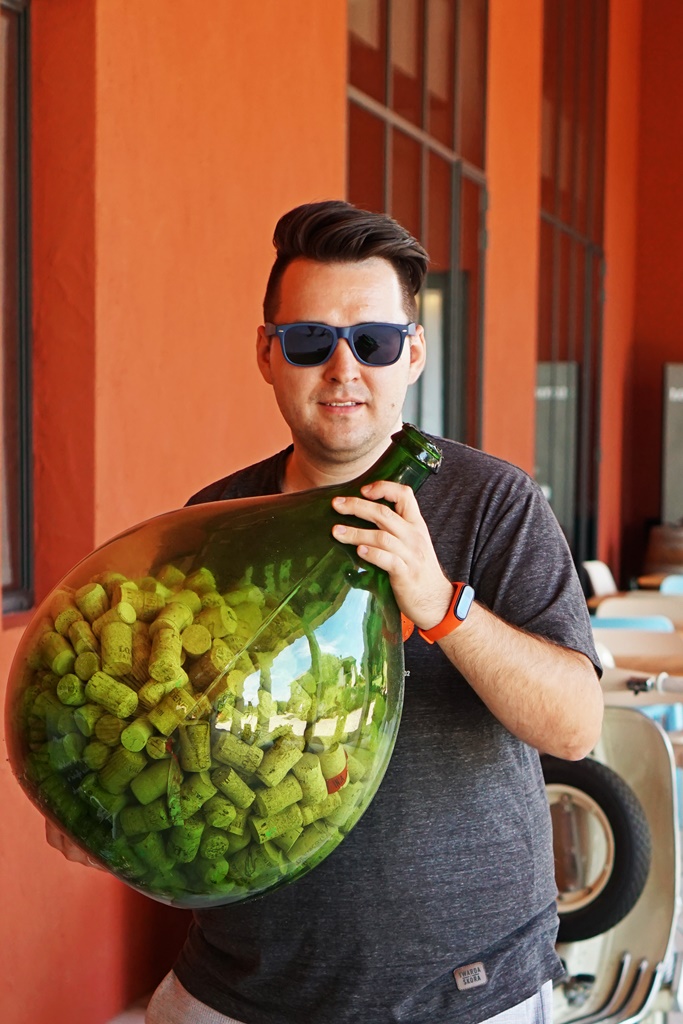
The second curiosity, much more serious for the production of prosecco itself, are corks. Increasingly harder to get, expensive material, in Europe usually imported from Portugal. For the purpose of this text, I’ve did a bit of research about the raw material itself, but this is probably for a totally different story, and I do not want to bore you to death!
Corks are recycled and reused, and they have different properties depending on the quality. Obviously the best are the new ones, but that would drastically increase the price of a serving. The „best” recycled are the ones most finely grounded, as they have the least porosity in which deposits could remain and spoil the finished drink. In order to save money on whole corks, discs with a better structure are “glued” to the worse ones. Sometimes it is one layer, sometimes two, with the best one on the wine side – oftenly the disc in contact with the wine is made from a fresh raw material. The next time you open a bottle, pay attention to the cork!
Still on the topic of closures - do you know the characteristic shape of a "mushroom" cork? Before closing the bottle, the corks are completely cylindrical, and around a week after opening, they almost return to their original shape - try it! Our illustrative photos below;)

REGIONAL WINES: DOC vs DOCG
Denominazione d'Origine Controllata (DOC) and Denominazione d'Origine Controllata e Garantita (DOCG) are probably the two most important names that will appear, at any wine tasting you attend. What do they mean?
DOC tells us that the bottle we are drinking was made according to the Italian art of prosecco production, the Glera grape is used and it was for 100% certainty made in Veneto.
The DOCG means a greater selection of crops, we are talking about the famous "triangle" of Valdobbiadene, Conegliano and Vittorio Veneto, in which every self-respecting winery wants to have as much land as possible. Apparently, the local soil has better properties and the slopes are a bit more sunny. Additionally, wines are tested by an independent panel of tasters and wineries are judged to be "worthy" of prosecco DOCG production.

In addition to labels, the bottles are numbered. Thanks to this, the authorities regulating wine production can fully monitor the labeled wines. Around the world you will find many wines produced and called prosecco, incl. Australia, New Zealand or closer to us - in Slovenia. This is due to the production process, sometimes it will be the same grape variety, but they will never be marked as DOC or DOCG, these are strictly Italian certificates
EVEN HIGHER QUALITY - PROSECCO CARTIZZE
In all these divisions, separations and certificates you can also find, among others, prosecco signed as "Cartizze". Out of all the types of this sparkling white wine (and there are quite a few and we certainly did not describe them all), Cartizze will appear frequently and will always be praised as the most important or most valued in a winery. Behind this name there is a small field in the immediate vicinity of Valdobbiadene - it is here that the best, most refined and tastiest grapes from which the prosecco of the same name is made. Regardless of the winery, if you see "Cartizze" on the label, it will be DOCG wine exactly from this area.
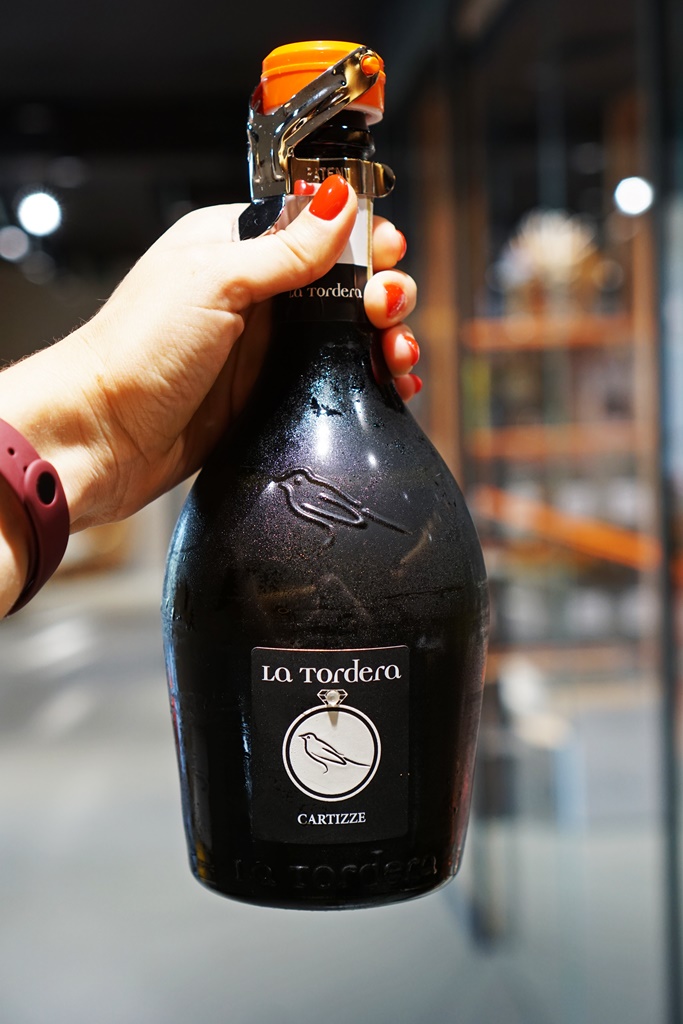
STILL BITTER BUT ALREADY SWEET
The last type of Prosecco breakdown in this mini-guide is the amount of SUGAR. It will determine on how it will be classified, and more importantly, how it will taste!
From the description of the production process, you already know that during the fermentation of wine, the sugar is "eaten" by yeasts and microorganisms. This means that the longer the wine is fermented, the less sugar it has. However here, unlike classic wines, "longer doesn't mean better". ;) The more and less sweet ones are valued the same here, and we are talking about fermentation in months, not in years. Prosecco does not mature in the bottle anymore and has a much shorter shelf life, but that's about it!

We divide prosecco wines into:
Dry - sugar content between 32 g and 17 g per liter of wine
Extra Dry - sugar between 12 g and 17 g per liter of wine
Brut - sugar between 0g and 12g per liter of wine, with the description of 'extra brut' sometimes appearing to specify the sugar in the 0g and 6g fork per liter.
How does it taste like? The difference is colossal, but we do not feel confident enough in our knowledge of wine;) The representative of the La Tordera winery we visited said that Extra Dry is the most often bought. We confirm by taste that this is the profile that we buy and drink most often. Everyone has to find their style and taste. There will certainly be admirers of both higher and lower sugar content. However, you need to find out about it organoleptically, preferably by tasting wines of each type. Remember to always drink from the bitter to the sweetest! Then you will not mix up the tastes and not confuse your taste buds.
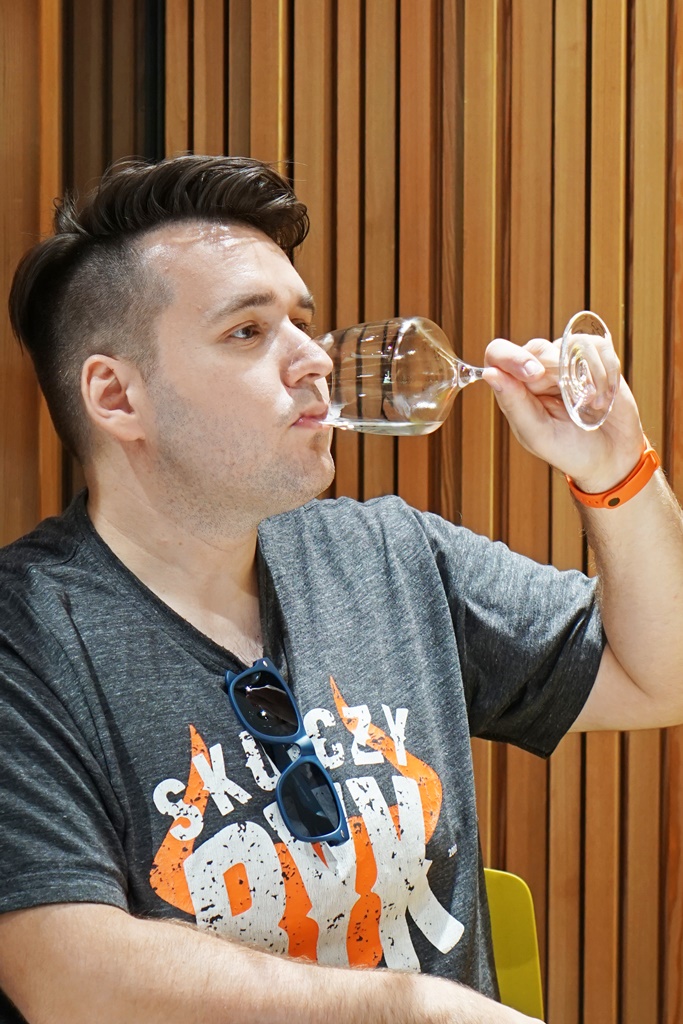
And since we're tasting, we would like to thank the La Tordera winery, thanks to which we were able to describe in depth how it is made and what characterizes this wine. We still have to
TALK YOU IN FOR A WINE TASTING
And not because they pay us for it, but because in order to learn about the differences, characteristics, and finally choose your favorite ones, you have to try, try and try again. We only saw these differences in taste after a direct comparison. Wines that were normally bitter, compared to others, turned out to be sweet as honey!
Okay, I flew off a little here, but you understand what we felt.
La Tordera has one more curiosity in it’s arsenal - the "Zero Zuccheri" wine. This is not a popular type of prosecco, which is literally zero sugar, as in the name. Fermented for 15 weeks, DOCG certified, it tastes really delicious, but we must honestly admit that we prefer sweeter flavors.
There are countless offers of similar tasting and wine tours in this region. In fact, every winery offers paid and sometimes free samples - because how to buy without testing it first? Well you can't.
It is also a very pleasant way of visiting the Valdobbiadene and Conegliano areas… just make sure you have a drive back home!
This post was created in collaboration with La Tordera Winery - https://www.latordera.it/en/
